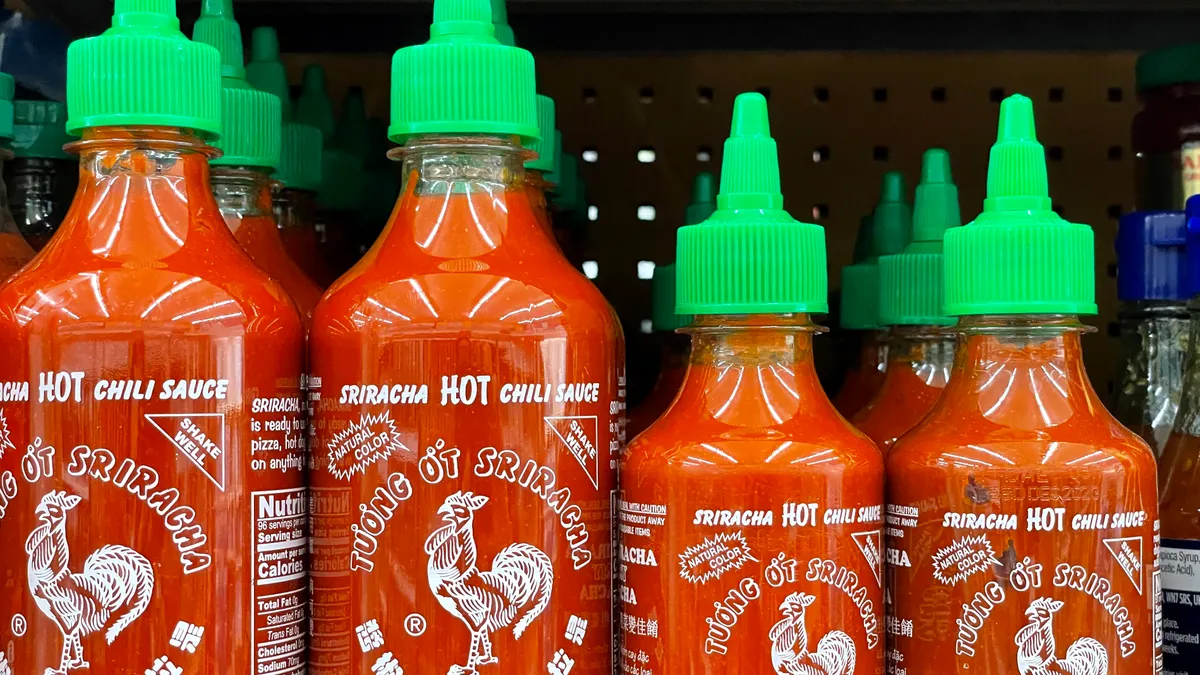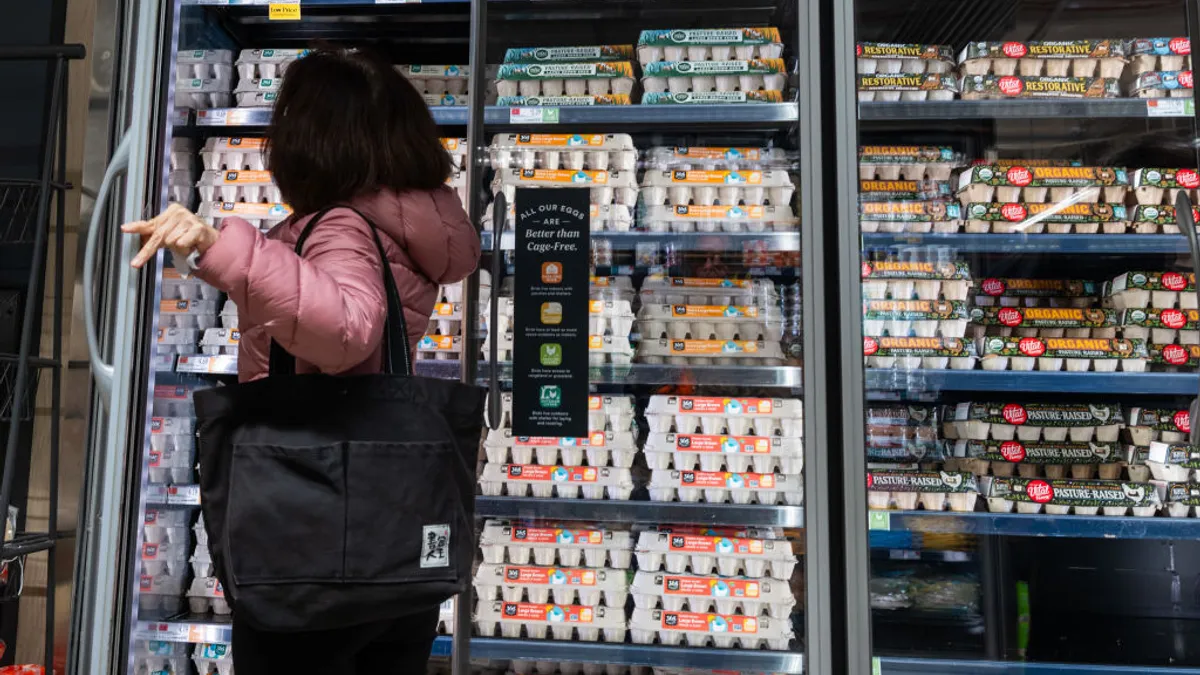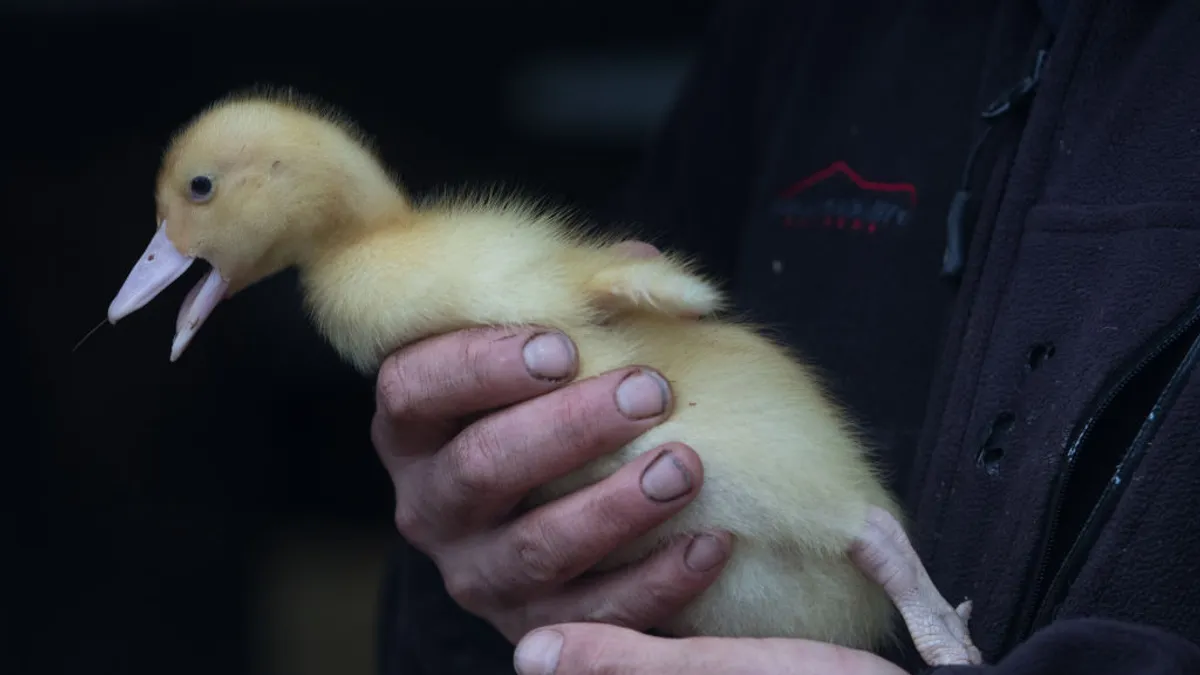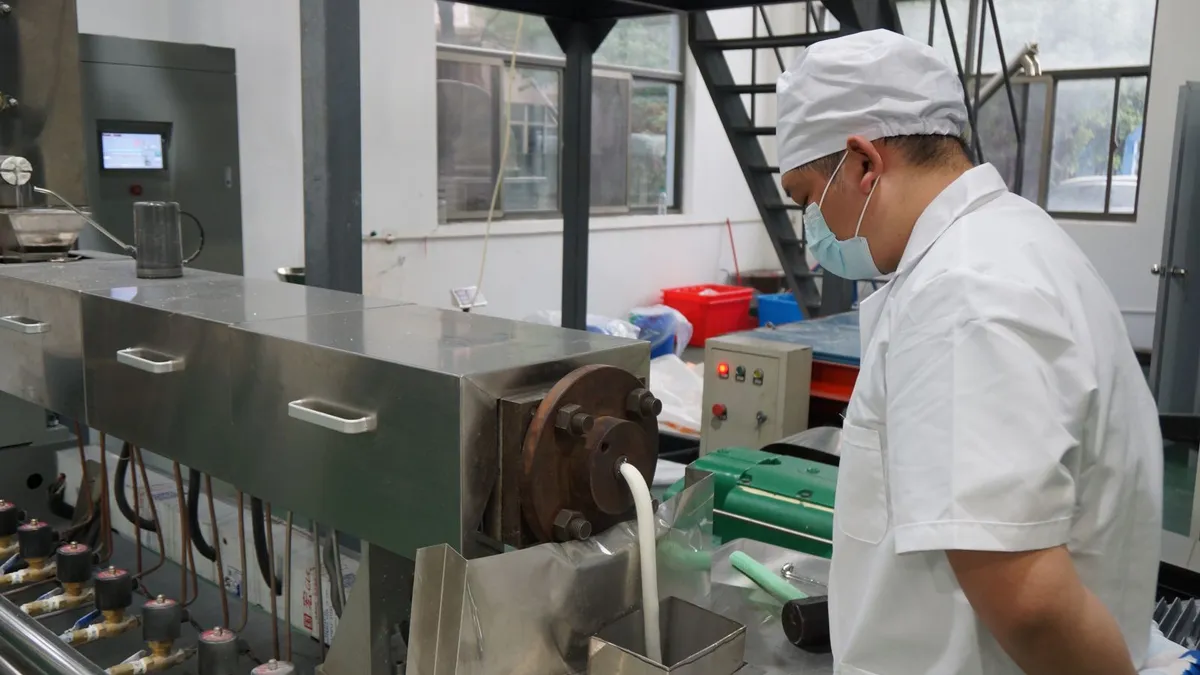Every year, farmers across the U.S. and Mexico plant nearly 1 million tons of jalapeño peppers. Toward the end of the growing season, the peppers turn from bright green to ruby red, creating the perfect hue for sweet, tangy sriracha.
“The color is what sells it first, and then the taste,” said Craig Underwood, owner of the Underwood Ranches, which grows jalapeño peppers and other produce in southern California. Underwood Ranches was the previous exclusive pepper supplier for Huy Fong, the leading sriracha brand in the U.S., before the two companies ended their partnership in 2017. Underwood’s company launched its own brand of sriracha sauce in 2019.
In recent years, Huy Fong has faced a series of supply shortages for its sriracha, citing severe dry weather that disrupted the annual pepper harvest. Its iconic sriracha bottle — 28 ounces, green-capped and ubiquitous in many restaurants — faced limited supplies in 2022 and again earlier this year.
Northern Mexico and other key regions have experienced a drought over the last two years, limiting water supplies for crops that rely on irrigation. While many experts have blamed climate change for food shortages across sectors, when it comes to sriracha, The New York Times reported that competing brands did not face the same degree of shortages as Huy Fong.
The great sriracha shortage ultimately began from the supply chain of a single prominent brand, and the experience offers lessons to others who rely on natural ingredients.
Huy Fong’s sriracha monopoly likely lacks multi-sourcing, experts say
Huy Fong Foods is a major manufacturer in the U.S. sriracha market, with only three products — sriracha, sambal and chili garlic sauce.
Yet even at its size, the shortage demonstrates how Huy Fong failed to adequately diversify its sourcing partners, said David Ortega, associate professor of food, agriculture and resource economics at Michigan State University.
“These are seasonal products; you can’t just switch suppliers from one day to the next,” Ortega said. While the core culprit may have been climate change, he said, the fact that other hot sauce suppliers didn’t experience the same shortage meant that Huy Fong likely found itself locked into long-term contracts with growers that failed to deliver.
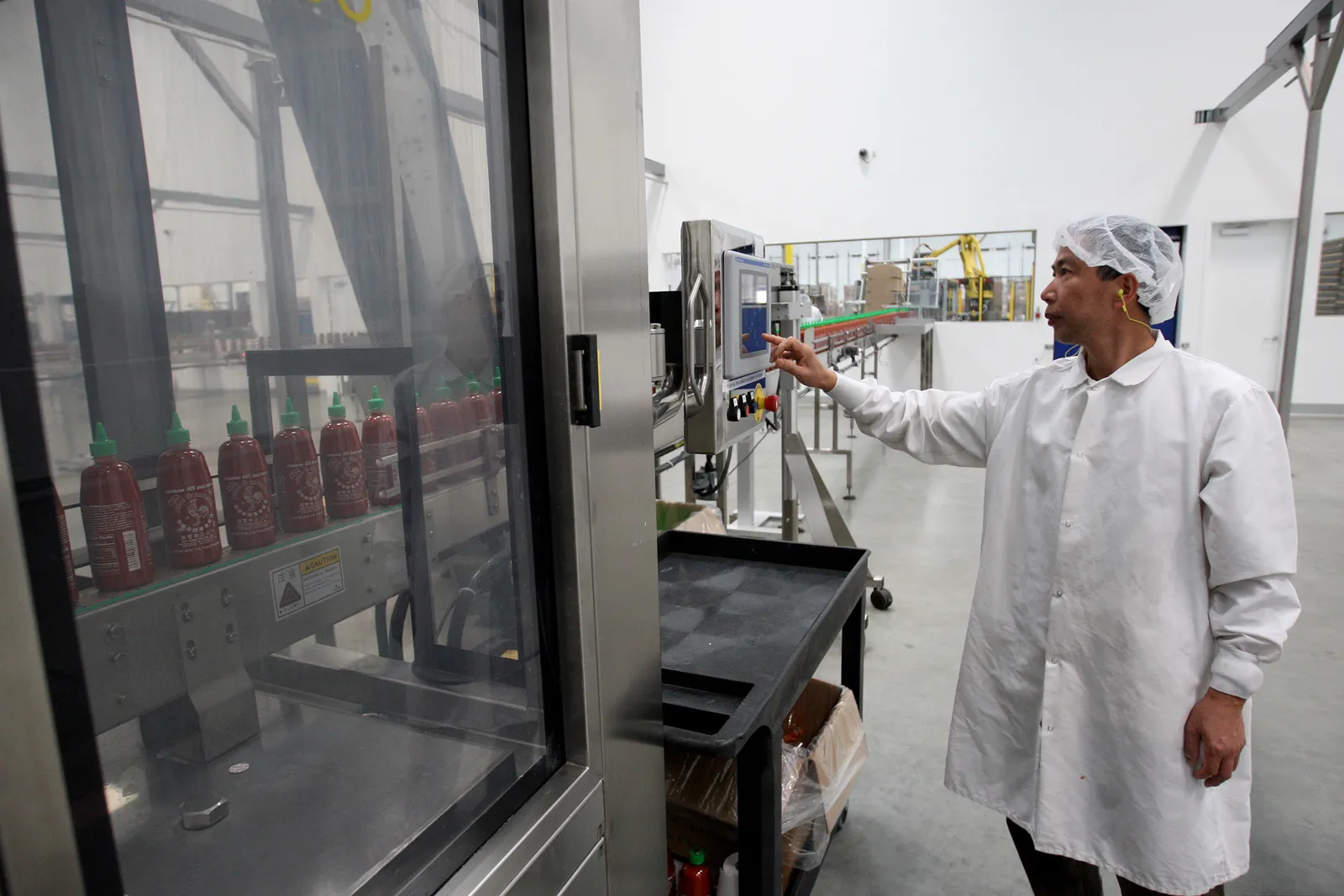
Huy Fong Foods declined to comment for this story.
To prevent against similar supply shocks, Ortega suggested several strategies. First, build flexibility into long-term contracts with farms, in case they experience a natural disaster that affects their supply.
Second, source inventory from suppliers across multiple regions, so a regional event can’t knock out an entire season’s worth of crop suppliers. Lastly, consider product formulas and prepare potential substitutes for key ingredients.
“If something happens, you're not going to be able to just go to another supplier and say, ‘Hey, I need tons of red jalapeños overnight,’” Ortega said. “You have to really cultivate and develop those relationships pretty early on.”
Underwood points to shifting demand for different crops as another potential cause of disruption, in addition to climate change. The national market for green jalapeño peppers is particularly strong, he said, leaving little incentive for growers in California, one of the leading states to produce the crop, to wait for their peppers to turn red.
“There's really only one market for red jalapeños. And that's as an ingredient in sriracha,” Underwood said.
How other sriracha makers are strategizing their supply chains
Underwood’s own farm is exceedingly cautious when expanding into more sriracha production. Even as he buys more equipment to reduce the cost of labeling per bottle, he knows firsthand the challenges of relying on a single supplier.
Underwood Ranches grew jalapeño peppers as the exclusive supplier for Huy Fong Foods for 28 years, dating back to the late 1990s, before the partnership fell apart over a payment dispute in the fall of 2016. The sudden split left the farm without a buyer for an entire year, resulting in a $23.3 million lawsuit won by the pepper grower in 2019.
In the wake of the Huy Fong shortage, Underwood said his sriracha sales jumped three to four times, thanks to his visibility as the original supplier. His competing sriracha brand is available at 24 Costco locations starting in December. “We might not be able to match [Huy Fong’s] price, dollar for dollar, but we can match or beat him in the quality of our product,” Underwood said.
According to the market analytics provider Jungle Scout, other sriracha brands also saw an unusual bump in their sales this year. Revenue on the third-party platform jumped 204% for Sky Valley Sriracha, 101% for Weak Knees Sriracha, and 396% each for Texas Pete and Yellow Bird sriracha products between July 2022 and 2023.
Prices for Huy Fong, meanwhile, appear to have dropped from the extreme highs seen in the middle of the shortage, which at one point this summer, reached up to $160 for two 17-ounce bottles. As of November, they’re back to as low as $18 for the same offering.
“I really have as many personal relationships as possible, from everyone who I buy from, whether it’s glassware or labels or the actual ingredients."

Gabe DiSaverio
Owner of The Spicy Shark
Stephanie Walker, extension vegetable specialist at New Mexico State University, said that this year’s hot summer turned into a successful growing season for jalapeños. If all goes well, Huy Fong will be back on the shelves soon.
“From everything I've heard and seen, I think that Huy Fong should have lots of jalapeños to process this year, so the shelves should be restocked with sriracha, shortly if not already,” Walker said.
When it comes to building relationships with more growers, however, Huy Fong may still need some time to adjust. Gabe DiSaverio, the owner of New England-based hot sauce brand The Spicy Shark, emphasizes this strategy in his own supply chain.
“I really have as many personal relationships as possible, from everyone who I buy from, whether it’s glassware or labels or the actual ingredients,” DiSaverio said. These relationships help him understand what the supplier is capable of, and he can communicate his expectations to the company early on.
To safeguard his supplies long-term, DiSaverio buys mash, which are peppers processed soon after harvest and preserved to last up to two years. He buys a year’s worth of mash at once, and if he needs to buy fresh peppers, he’ll buy extra and freeze the rest.
“These aren’t rocket science moves,” he said. “These are insurance plans.”


